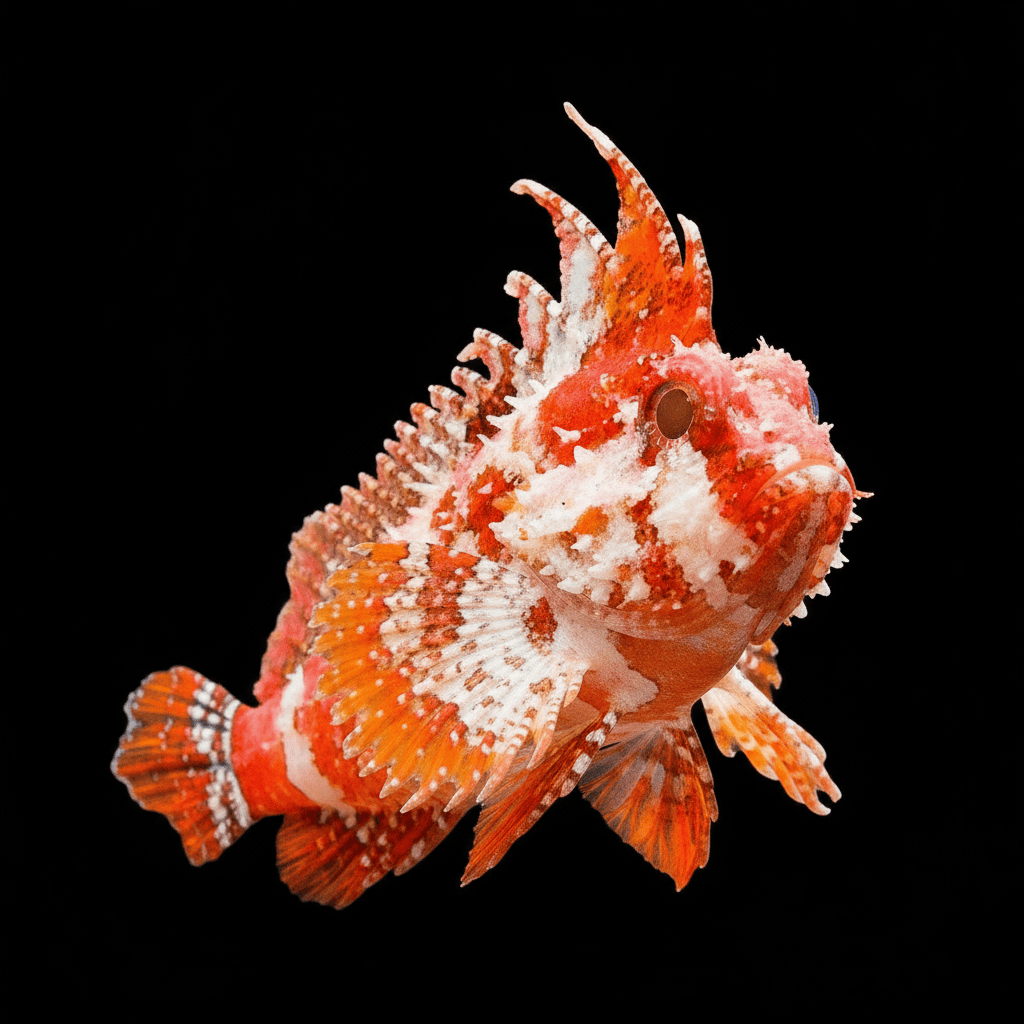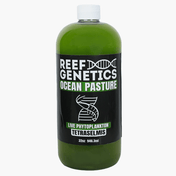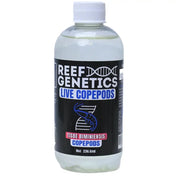AWYSIWYG – Approx. Size: 1-2 Inches
Red Rooster Waspfish (Neocentropogon affinis)
The Red Rooster Waspfish is a rare and cryptic beauty that captivates with its deep crimson hues, elaborate dorsal fin, and rooster-like profile. Native to the sandy and rubble bottoms of the Indo-West Pacific, this bottom-dwelling predator is a master of camouflage. With its slow, deliberate movements and unique appearance, it makes a fascinating addition to species-specific or predator-focused marine aquariums.
Tank Requirements
A minimum of 30 gallons is recommended, with soft sand or fine substrate and scattered rockwork to mimic their natural environment. These waspfish prefer low-flow areas where they can perch and ambush prey. Dimmer lighting and plenty of hiding spots help reduce stress and support natural behaviors. A secure lid is advised, though they are not known jumpers.
Color, Personality, and Hardiness
The Red Rooster Waspfish is named for its bold coloration and dramatic fin display, resembling a rooster’s comb. Typically solitary and sedentary, it spends much of its time resting on the substrate. While not especially active, it becomes more engaging over time, especially at feeding. Hardy in captivity once acclimated, it requires careful introduction due to its sensitivity to sudden changes in water parameters.
Diet and Feeding
Carnivorous and ambush-oriented, the Red Rooster Waspfish feeds on small crustaceans and live foods. In captivity, it accepts enriched live foods (ghost shrimp, guppies), frozen mysis, and finely chopped seafood. Some individuals may wean onto prepared meaty foods with time and patience. Feed 2–3 times daily in small portions.
Tankmates and Behavior
A solitary predator by nature, this species is best housed alone or with other peaceful, non-aggressive fish too large to be eaten. Avoid keeping with fast, boisterous species that may outcompete it for food. Reef-safe with caution—it will not harm corals but may consume small shrimp or fish. Ideal for experienced aquarists seeking something unique and low-key.
At Top Shelf Aquatics, we take pride in ensuring your order arrives safely and in perfect condition. Here’s everything you need to know about our shipping process:
Livestock Shipping Details
- Flat Rate Shipping:
- $39.99 Out of State
- $34.99 Florida (In-State)
- Orders over $299 ship FREE!
- NO FREE Shipping during Sale Events
- Shipping Days: The calendar during checkout determines when your livestock order will arrive. Normally we ship Monday - Thursday via FedEx Priority Overnight.
Orders placed by 2 PM EST Monday - Thursday ship the same day. Orders placed after 2 PM or on Fridays will ship the next business day. - Delivery Times: Most packages arrive by 10:30 AM EST, though remote areas may experience later deliveries.
We take every measure to protect your livestock, including specialized packaging to maintain temperature and safety during transit.
Dead on Arrival (DOA) Policy
In the rare event of a DOA, you must submit a DOA Request within 2 hours of delivery (FedEx posted time). Once submitted, we will issue a replacement or store credit for the livestock. Please note:
- Shipping costs are not included in the credit.
- Refunds are not offered for livestock or shipping.
While we cannot be held responsible for delays caused by mechanical or weather issues, rest assured we’ll do everything possible to make it right!
Reef Guard Protection Plan
For ultimate peace of mind, upgrade to our Reef Guard Protection Plan. With Reef Guard, you’ll enjoy:
- Extended Livestock Guarantee: Coverage for up to 5 days.
- Priority Resolutions: Hassle-free claims with fast resolutions.
- Weather & Shipping Delay Coverage: Includes FedEx lost packages and damages.
Shipping Restrictions
- We currently ship livestock only within the continental U.S.
- Note: Due to Hawaii state law, we are unable to ship corals to Hawaii.
Now’s the perfect time to prepare your aquarium for its new additions. Consider doing a water change and ensuring space is ready. Check out our YouTube channel for detailed care instructions for your new corals!
For any questions or concerns, feel free to reach out to our support team. We’re here to help make your reefing journey a success!
5 Day Reef Guard
Temp-Control Box
Priority Overnight
Expert Care Support




















